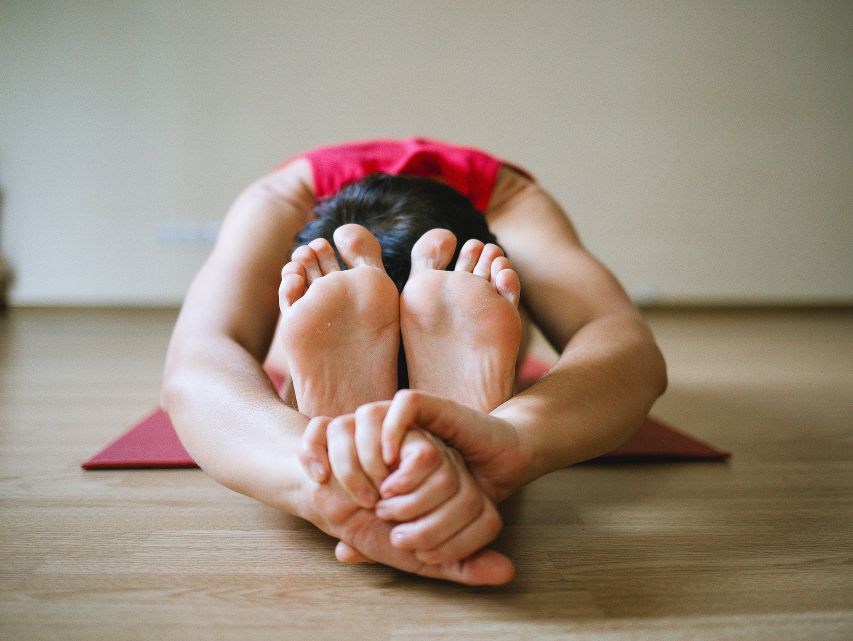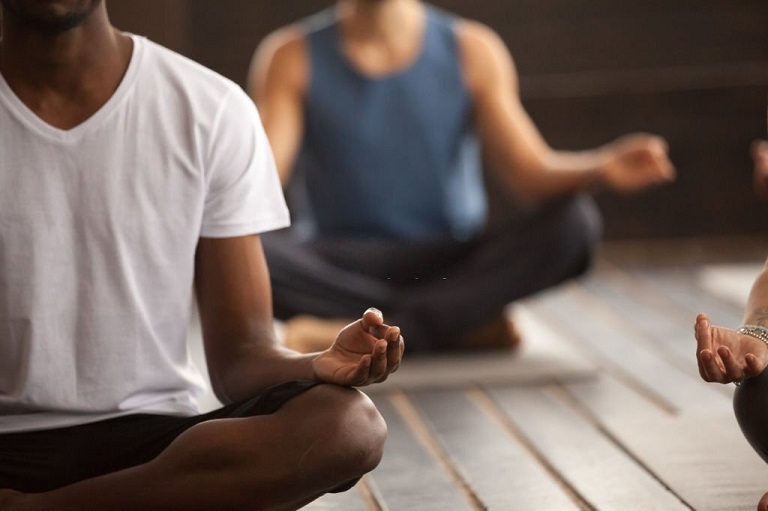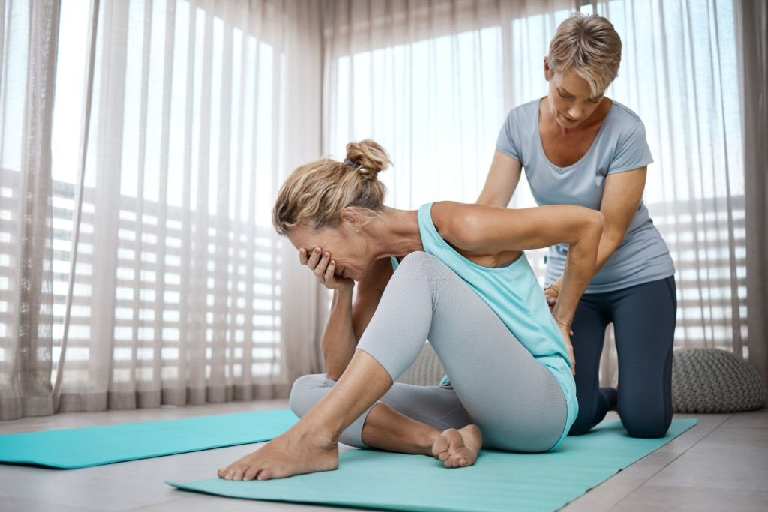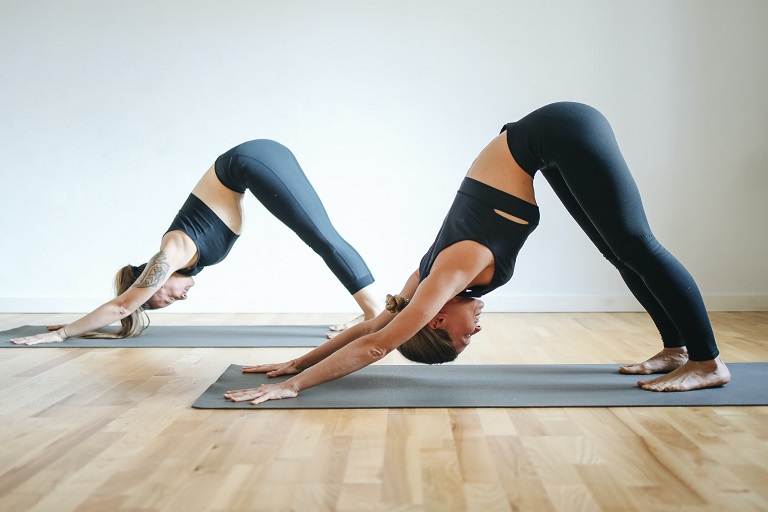Yoga has been practiced for centuries as a holistic way to promote physical, mental, and spiritual well-being. Among its many benefits, yoga is particularly effective at enhancing flexibility, increasing strength, and offering a means of relaxation. Full body yoga stretches specifically target multiple muscle groups, promoting overall body mobility and reducing the risk of injuries. This article explores some effective full body yoga stretches that you can incorporate into your routine to help you feel relaxed, energized, and fully connected with your body.
Why Full Body Yoga Stretches Are Important
Yoga stretches aren’t just about flexibility—they’re about improving body awareness and alignment, strengthening muscles, and calming the mind. Full body stretches focus on:
- Relieving muscle tension: Daily activities and stress often cause muscle tightness. Full body yoga stretches release this tension and enhance blood flow.
- Increasing mobility and flexibility: Full body yoga stretches improve your range of motion, making everyday movements smoother and reducing stiffness.
- Promoting relaxation and reducing stress: Stretching activates the parasympathetic nervous system, helping you relax and lower stress levels.
- Preventing injuries: Increased flexibility and strength in muscles and joints can prevent strains and sprains in daily activities or other forms of exercise.
How to Prepare for Yoga Stretching
- Warm up: Start with a gentle warm-up, such as a few minutes of jogging or dynamic movements like arm circles. Warming up prepares your muscles for deeper stretching.
- Focus on your breathing: Yoga is as much about breath as it is about movement. Breathe deeply, expanding your lungs and releasing tension with each exhalation.
- Take it slow: Don’t rush through the stretches. Hold each position, allowing your muscles to relax and extend gradually.
Full Body Yoga Stretches for Beginners
1. Cat-Cow Pose (Marjaryasana-Bitilasana)
Cat-Cow Pose is a fantastic starting stretch to warm up your spine and release tension in the back, shoulders, and neck.
- Instructions:
- Begin on your hands and knees in a tabletop position, with wrists aligned under shoulders and knees under hips.
- Inhale, arch your back, tilt your pelvis up, and look forward (Cow Pose).
- Exhale, round your back, tuck your chin to your chest, and draw your belly button towards your spine (Cat Pose).
- Continue flowing between these two movements for 5-10 breaths, feeling the release through your spine and back muscles.
2. Downward Facing Dog (Adho Mukha Svanasana)
Downward Dog is a foundational yoga stretch that targets your hamstrings, calves, back, and shoulders.
- Instructions:
- Start on all fours, tuck your toes, and lift your hips towards the ceiling.
- Extend your arms and push your chest towards your thighs, lengthening your spine.
- Keep your feet hip-width apart and press your heels toward the floor (they don’t have to touch).
- Hold for 5 breaths, then slowly return to the ground.
3. Child’s Pose (Balasana)
Child’s Pose is a restorative stretch that helps to relax your lower back, hips, and shoulders. It’s also a calming posture that can reduce stress.
- Instructions:
- Kneel on the floor, with big toes touching and knees apart.
- Exhale as you sit back on your heels, then reach your arms forward on the mat.
- Rest your forehead on the mat and let your shoulders relax.
- Hold for 5-10 breaths, feeling the stretch through your back and hips.
4. Standing Forward Fold (Uttanasana)
This stretch lengthens the hamstrings, calves, and spine, making it an excellent choice for enhancing flexibility in the legs and lower back.
- Instructions:
- Stand with feet hip-width apart.
- Inhale, and as you exhale, hinge from your hips and fold forward, letting your arms hang or grabbing your opposite elbows.
- Bend your knees slightly if your hamstrings are tight, and relax your neck.
- Hold for 5 breaths, slowly coming up to standing.
5. Low Lunge (Anjaneyasana)
Low Lunge stretches the hip flexors, quadriceps, and hamstrings, which are crucial for maintaining lower body flexibility and preventing hip tightness.
- Instructions:
- Start in a lunge position, with one foot forward and knee directly over the ankle.
- Lower your back knee to the floor and slide it back slightly to deepen the stretch.
- Reach your arms overhead, and lengthen through the sides of your body.
- Hold for 5 breaths on each side.
6. Cobra Pose (Bhujangasana)
Cobra Pose opens up the chest, strengthens the spine, and stretches the abdomen, making it great for posture improvement.
- Instructions:
- Lie face down with your legs together and hands under your shoulders.
- Inhale, press your hands into the floor, and lift your chest, keeping elbows close to your body.
- Look slightly upward and hold for 5 breaths, then release down.
7. Reclining Twist (Supta Matsyendrasana)
Twists are excellent for relieving tension in the spine and encouraging flexibility in the torso.
- Instructions:
- Lie on your back, hug one knee to your chest, and then let it fall across your body to the opposite side.
- Extend your arms out in a T-shape, and turn your head away from your bent knee.
- Hold for 5 breaths on each side, feeling the gentle twist through your spine.
8. Happy Baby Pose (Ananda Balasana)
This playful stretch is a gentle way to open up your hips and stretch the lower back.
- Instructions:
- Lie on your back, bend your knees, and hold onto the outer edges of your feet.
- Gently pull your knees toward your armpits while keeping your back flat on the mat.
- Hold for 5-10 breaths, relaxing into the pose.
9. Bridge Pose (Setu Bandhasana)
Bridge Pose strengthens the back and stretches the chest, shoulders, and spine. It’s also great for opening the hip flexors.
- Instructions:
- Lie on your back with knees bent, feet hip-width apart, and arms at your sides.
- Press into your feet and lift your hips towards the ceiling.
- Interlace your hands beneath you and roll your shoulders under for a deeper stretch.
- Hold for 5 breaths before releasing.
10. Seated Forward Bend (Paschimottanasana)
This stretch targets the hamstrings, calves, and spine, offering a gentle stretch for the whole back body.
- Instructions:
- Sit with legs extended straight in front of you, toes pointing upward.
- Inhale, reach your arms up, and exhale as you hinge forward from your hips, reaching for your feet or ankles.
- Hold for 5-10 breaths, gradually deepening the stretch.
Tips for an Effective Yoga Stretching Routine
- Practice consistency: Flexibility takes time, so practice these stretches regularly to see progress.
- Listen to your body: Never push to the point of pain. Each day may feel different, so honor your body’s signals.
- Integrate breathing: Deep breathing helps you sink deeper into stretches and remain present in the practice.
Final Thoughts
A full body yoga stretching routine is not only beneficial for flexibility and muscle relief but also enhances overall well-being. Incorporating these stretches into your daily or weekly routine can lead to improvements in your physical health, mental clarity, and emotional balance. Whether you’re a beginner or advanced practitioner, these stretches can be tailored to suit your needs, creating a holistic approach to health that nurtures both body and mind.
By dedicating a few minutes each day to full body yoga stretches, you’ll gradually build a stronger, more flexible, and more relaxed body that supports you in all your activities. Enjoy the journey, and remember: yoga is about progress, not perfection.






